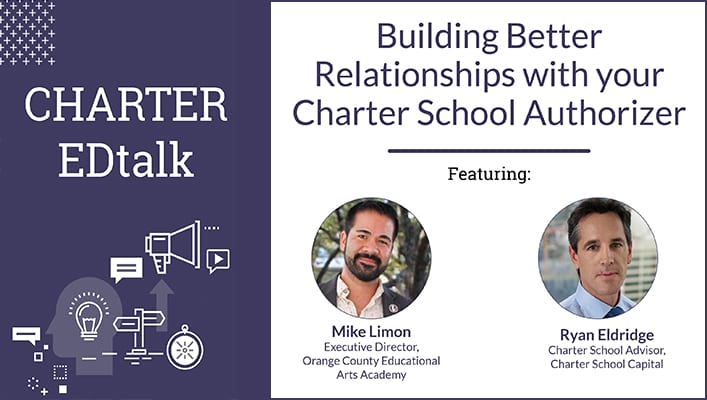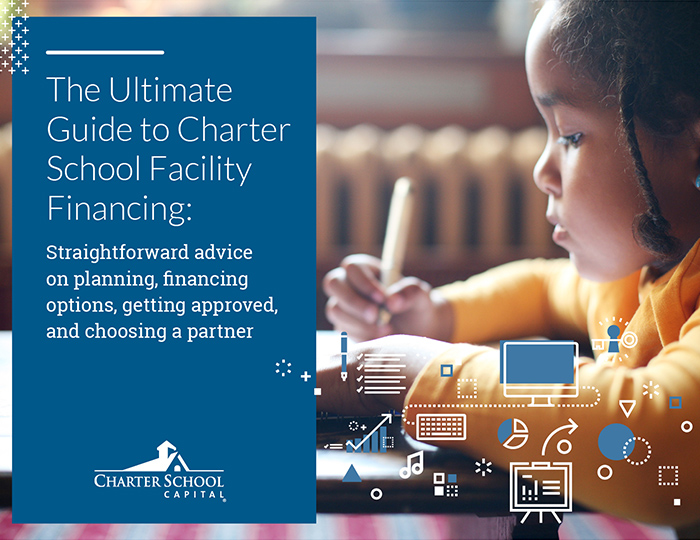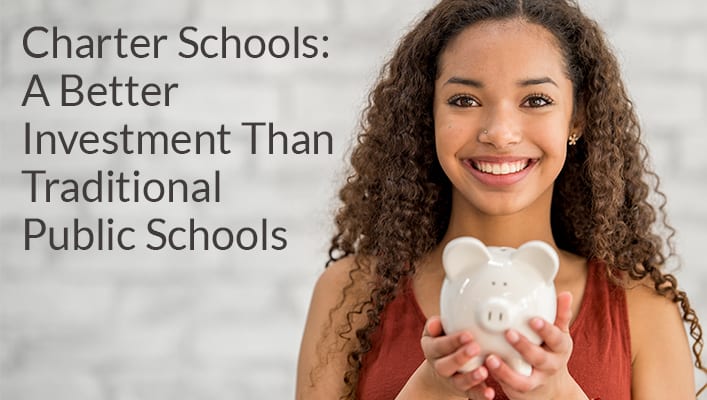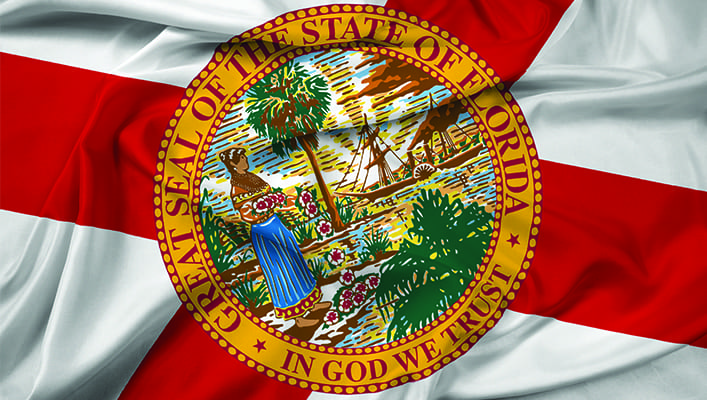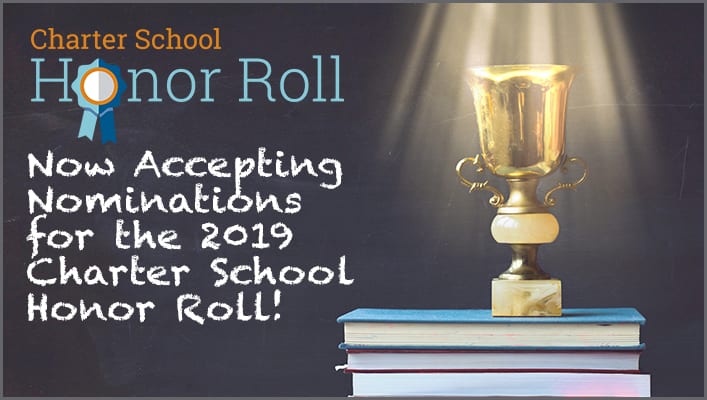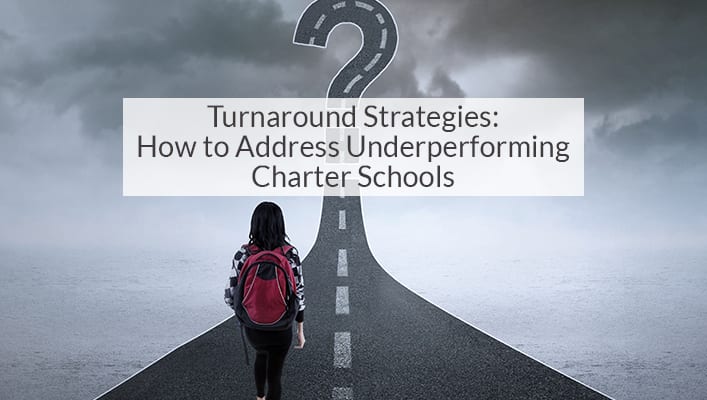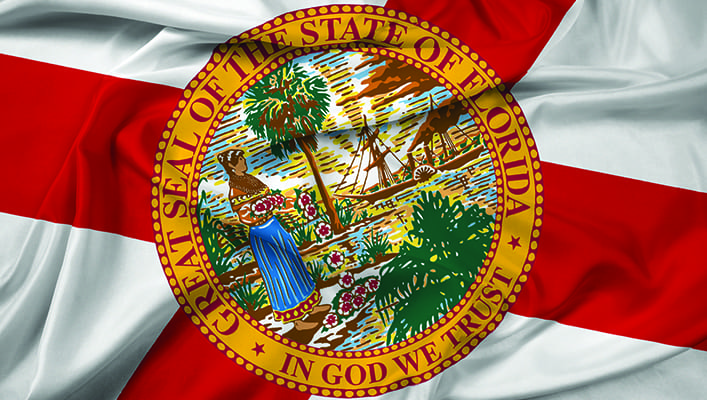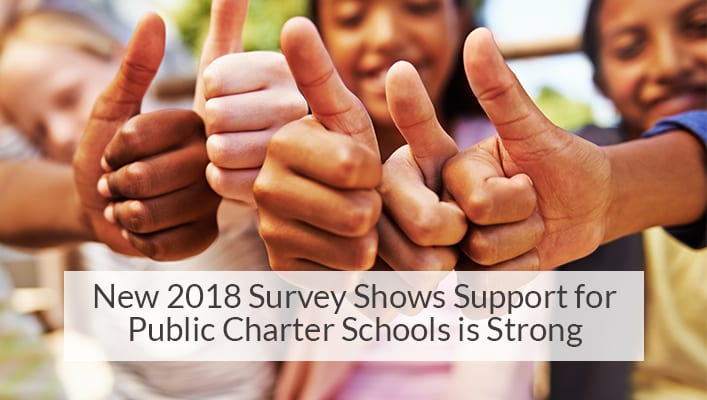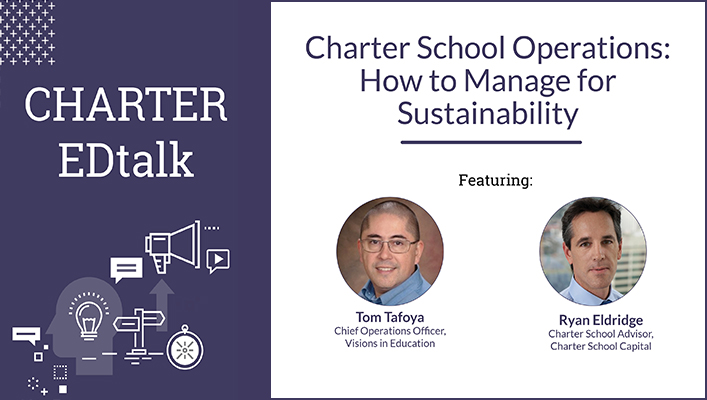 Charter Schools Operations: How to Manage for Sustainability
Charter Schools Operations: How to Manage for Sustainability
For this episode of our CHARTER EDtalks, Ryan Eldridge, one of Charter School Capital’s Charter School Advisors, had the honor of sitting down with Tom Tafoya, Chief Operations Officer for Visions in Education as he shares his tips for managing sustainable growth and provides key operational strategies for long-term success.
Visions in Education is a tuition-free public charter school that supports personalized learning in public education. They now serve over 6,400 students across a nine-county service area, making us one of the largest and most stable charter schools in the Sacramento Valley region.
To learn the tips and strategies Tom Tafoya so generously shared with us, please watch the video or read the transcript below to get the full story.
Ryan Eldridge: Hello there, and thank you for joining us for this episode of CHARTER EDtalks. I’m Ryan Eldridge, charter school advisor for Charter School Capital. I’m honored to be joined today by Tom Tafoya, Chief Operations Officer for Visions in Education.
And we’re here to discuss managing sustainable charter schools, operational strategies for long term success. So I appreciate you coming today, Tom. Welcome. Why don’t we just kick it off, jump right into it? The first question… So Visions has been around for about 20 years now. So what have been some of the greatest challenges over the years?
Overcoming Initial Challenges
Tom Tafoya: So I’ve been with Visions for 14 years, and over that timeframe, we’ve encountered a lot of ups and downs. You know, when we had initial growth we did not have a lot of administrative systems and people in place to manage the growth. We tripped over ourselves constantly and I think that really hurt us.
We had a period where we had declining enrollment because we just weren’t doing our job well. And so I think over that time, we started to get smarter, and started bringing the right people, and started building the systems for kind of sustained growth.
Starting out with not having some good administrative systems and people in place really was a challenge. At the same time, you have the competitor pressure. So if the competition is coming and you’re not really set up to succeed, you’re not going to succeed. And so I think between the … just having good systems and good structures for the operation, let alone are we providing great services to our students is a really big challenge. And I’m only going to talk about the operational pieces. Because as the operations officer, I’m in charge of business technology, enrollment, ordering materials, all those types of things.
From my perspective, not having good people and systems was a big challenge. And then the competition, and then you have the external environment that’s constantly changing and impacting the things that we have to do to meet our obligations as a charter school.
Maximize Revenues
Tafoya: Those are some of the big challenges that we faced over the years. The big things in trying to maintain a sustainable charter over time is really being focused on two things: maximizing revenues, minimizing expenditures. It sounds so simple.
Under each of those umbrellas, you can go for days on all the different tactics and strategies for each. And so I’ll just kind of cover some of the top two. Number one, maximizing revenue and driving enrollment and/or maintaining your enrollments are the top two.
So I think growing enrollment, but if you have a retention problem you’re going to continually have to keep filling that leaking bucket. And so we’ve done a lot of work to systematize and really improve our enrollment practices from using really advanced marketing, and building enrollment systems to have the workflow— the enrollment process— be very streamlined to continue to grow enrollment. And then also kind of working on ensuring that our retention is good.
And really, the biggest challenge is retention. Do we know why students are staying with us and why they’re leaving? Are we serving them or not? Are we learning from those surveys and making adjustments as we go?
And over time, we’ve done that. We’ve listened to the surveys, kind of paid attention to what the competitors are doing, making adjustments every step of the way so that those families that we get … we want to keep them. And then continue to grow the kids in a really managed way.
We don’t want to just chase growth for sake of growth because that’s generally going to lead to not a good outcome for the kids, because you’re not really serving them well. We’ve tried to approach it as a managed growth approach. We average about 10% growth a year.
Eldridge: Wow.
Tafoya: For us, that’s what we want to do. We’re turning away hundreds of kids a year, but we don’t want to get ahead of ourselves where we’re not providing really great services and systems to have good outcomes for them. And so, really focusing on that piece … that’s that maximizing enrollment piece which results in maximized revenues.
Certainly, you’ve got to pursue all types of revenues whether that be your SELPA arrangement, special ed, summer school ADA programs, Medical reimbursements. Are you fully utilizing all of your teachers because you manage them properly and appropriately?
Those are all tactics we’re constantly looking to turn over every stone to ensure we’ve maximized our revenues. Again, we’re not trying to grow 30, 40% a year. We want to maintain a really good, steady growth. But in that steady growth, maximize our revenue so that we’re not kind of wondering what happened to all the money.
Minimize Expenses
The flip side is minimizing expenses. And so with that is really … I’m cheap. I’m always looking for a deal, and I want to make sure we’re getting the best deal. Whether we’re building technology or buying technology, for all the staff we hire do we have systems and metrics in place to ensure our staff is fully utilized? That’s a lot of the work we do is really … We hire 10 new teachers, we want to make sure they’re full on day one and they stay full throughout the year.
You can only do that if you have really good enrollment processes and practices. As you lose a student, we can immediately replace the student. That’s a way for us to minimize our expenses on our staffing, and we have elaborate systems and processes in place to make sure that we’re able to do that with high efficiency. Which again, allows to really have a lot of money left over. We have an online program that serves about 2,500 kids. Every kid gets a Chromebook. If they’re low income, they get a MiFi unit. And those aren’t cheap. That’s how we’re able to do those types of things is by making sure every stone is turned over and every expense is minimized.
Really kind of paying attention, but this is taxpayer money. It’s not our money.
Eldridge: Right.
Tafoya: It’s taxpayer money. And we’re really cognizant of that, and respecting that, and doing our best with all the resources we have and trying to serve as many kids who want to be served by us. But doing so in a way that’s really good for them and not just for growth’s sake.
Eldridge: Yeah, that’s great. How many total students do you serve?
Tafoya: We serve about 6,300 right now. We have one charter in Northern California with 6,300 students. This past spring, we turned away about 900 kids. We do an independent study program, so we have homeschooling and several online high school programs … one for at-risk kids and one for kind of a college preparatory program.
Eldridge: Yeah. Yeah, that’s a lot of kids to manage. Sounds like you’re doing a great job up there. Appreciate you coming on screen today, and chatting with us, and giving your insight and expertise. That wraps up this episode of CHARTER EDtalks. Again, thank you, Tom. We appreciate it. Hopefully everybody enjoyed the session today. Thank you.
